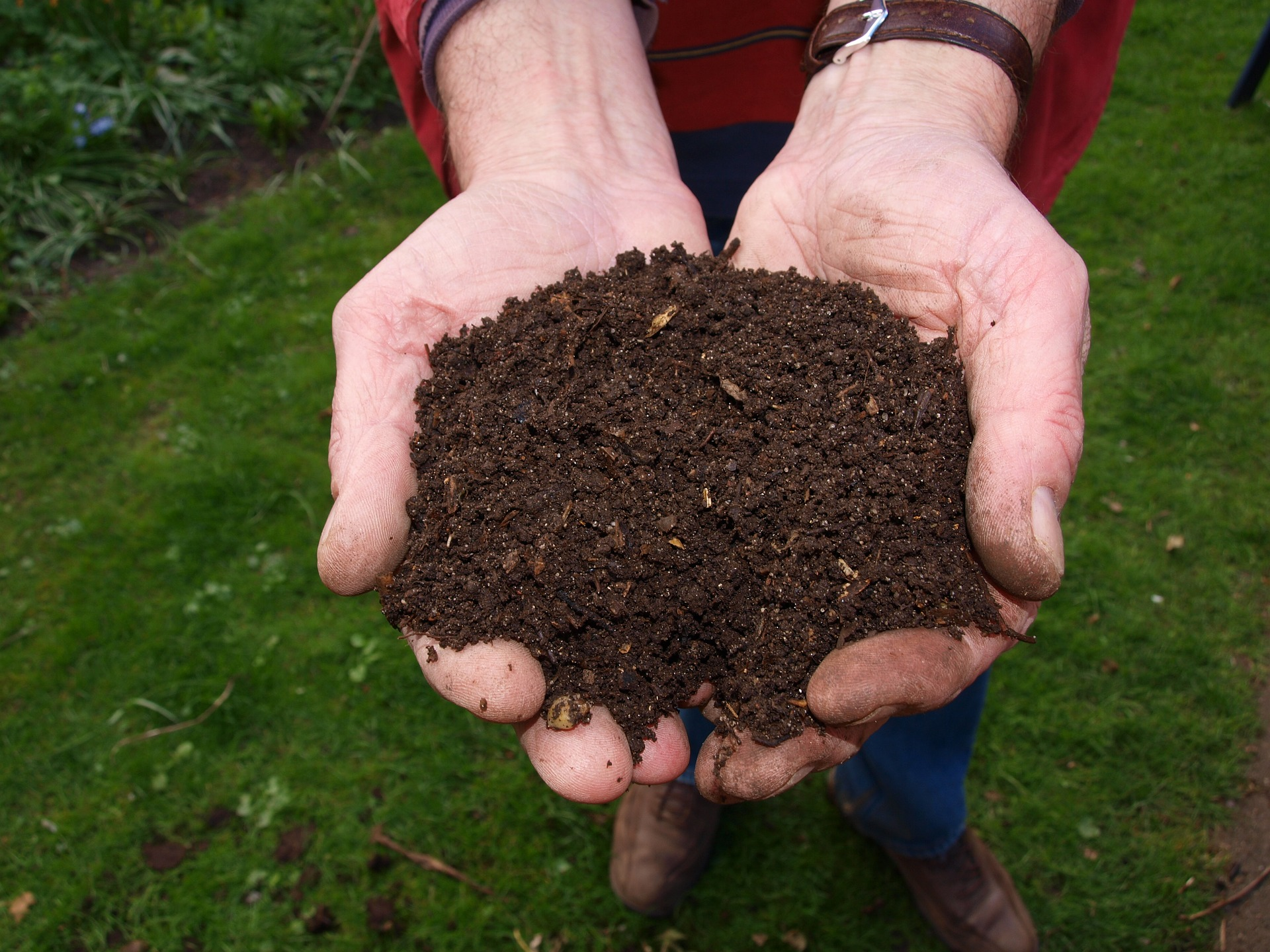
Nutrients in hydroponic gardens are often supplemented with compost tea. You can buy a ready-made compost tea at most gardening stores, but another option is to make your own compost. Then you can create a customized liquid preparation for adding nutrients to your hydroponic watering system. But what items make the best compost? Here are suggestions for what to put in your compost bin.
Best compost ingredients
At its most basic, compost is made up of food scraps that you would have otherwise thrown away. But when you compost this food, it becomes a nutrient-rich soil instead of making your kitchen stink. In fact, if you do composting right, it shouldn’t have an unpleasant smell at all. Most non-animal foods are fine to put in your compost bin, including:
- Vegetables
- Fruits
- Vegetable and fruit peelings
- Bread and grains
- Coffee grounds (including their paper filters, if all-natural)
- Tea leaves (and tea bags without staples, again all-natural)
- Leftover wine (but who has that?)
- Dry herbs and spices
Some food items are not as easily incorporated into a compost. They are still okay to put in, but you may find them sitting in there without breaking down for quite a while, such as:
- Fruit pits
- Nut shells
- Dry pasta
- Corn cobs
The first list makes up the essential ingredients for a successful compost bin. Some foods are not a good idea for your compost. They can either increase bad odors or mess up the pH levels. Those include:
- Moist, prepared foods
- Ketchup
- Relish
- Soy sauce
- Other condiments
These less desirable foods can sometimes be added if you use a hot composter and rely more on the best foods list. But you don’t need them. And if you compost outside they can attract pests. Meat and dairy foods should not be put in your compost bin, with the exception of egg shells.
Non-food items for composting
You don’t have to only put food scraps in your compost bin. Other items you would otherwise dispose of can also go into making nutrition for your garden. The best ones are:
- Grass clippings
- Leaves
- Manure from herbivores
- Pet bedding from herbivores (e.g. rabbits, hamsters, guinea pigs)
- Floor dust from sweeping or vacuuming
- Lint from the dryer
Paper (non-glossy), cardboard, and small bits of wood can also be composted, but these items may take a while to break down. The same goes for hair and natural string or twine. Also, grass clippings take a bit of extra precaution.They have a high water content, so you want to mix them in with your drier compost ingredients or at least spread them thin in order to prevent a slimy mess at the top of your pile.
Composting is a great way to cut down on household waste while helping your indoor garden at the same. Send your gardening and composting questions to Indoor Cultivator and let us know how we can help.
